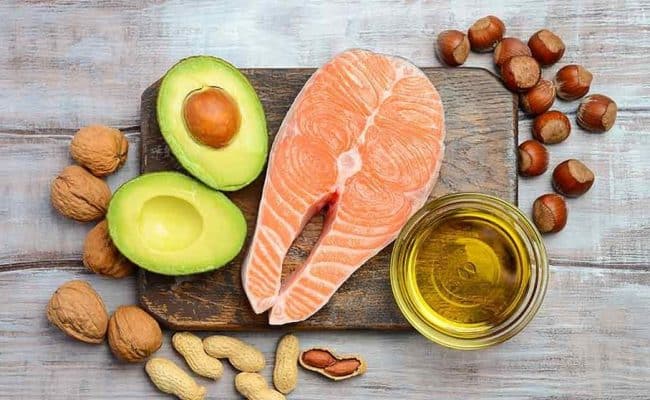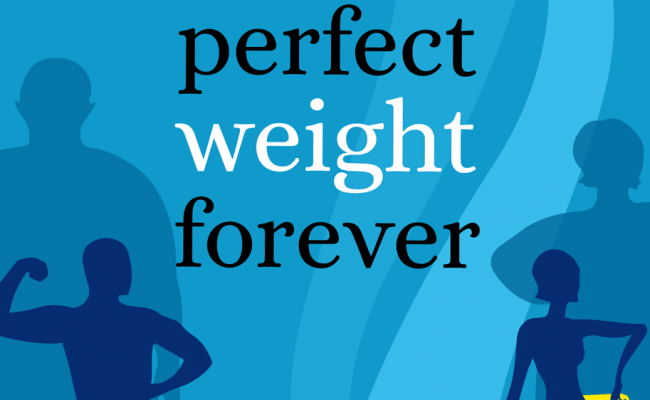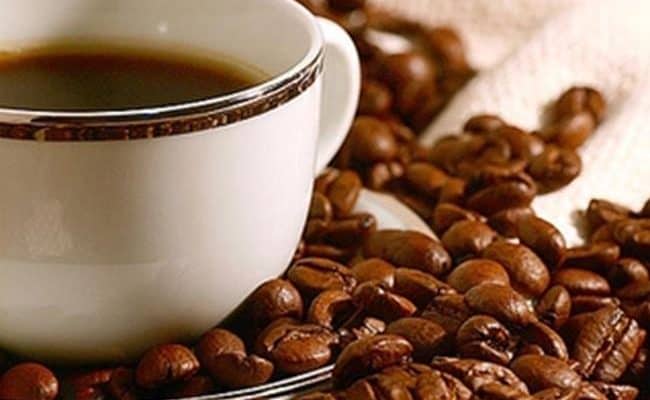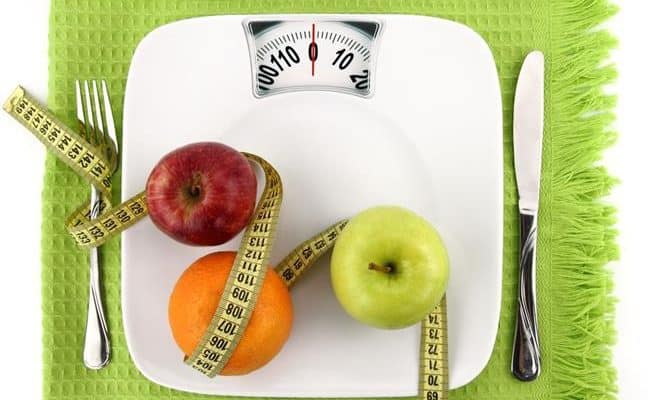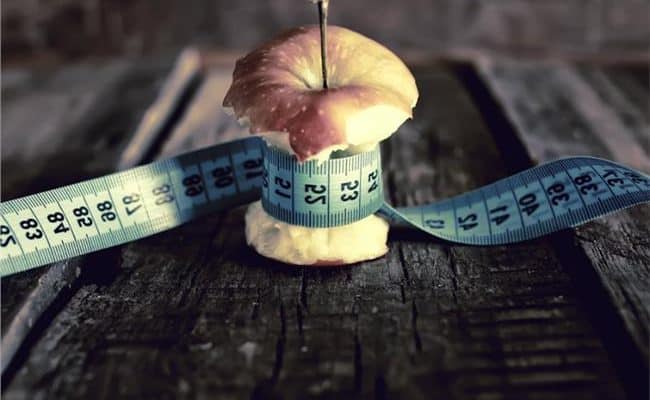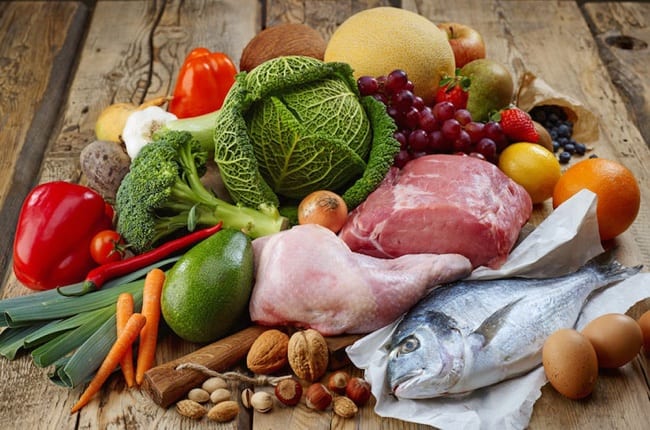
The Wild Diet originated from Abel James who basically designed this paleo inspired diet and had weight loss success. The tag line for his book The Wild Diet James claims the diet can increase fat burn, lower cravings and can help you drop 20 pounds in 40 days.
Some aspects of the Wild diet are similar to the paleo diet as both diets advocate eating closer to what our ancestors ate instead of relying on packaged foods.
In the book The Wild Diet, James suggests not having grains, bread, pasta or other starches as a staple in the diet.
Instead, they should be treated as special indulgences and eaten in moderate quantities preferably on exercise days.
The emphasis of this diet is on fresh, natural foods like vegetables, grass fed meats and even high fat foods like butter and full fat dairy.
Nuts, seeds and fruits are considered occasional foods (1).
The diet encourages intuitive eating and doesn’t calorie count. The plan generally encourages exercise although it is primarily diet focused.
Can you be healthy and lose weight on this eating plan? Yes you can. However, research is lacking on the effect the Wild Diet has on health.
Cutting out processed foods can be beneficial for everyone, but limiting fruits, whole grains, nuts and seeds may not be beneficial for everyone.
Background on the Wild Diet
Abel James wrote the book The Wild Diet and has lost 20 pounds in 40 days while following this diet. He has also appeared on television helping others lose weight with the Wild Diet approach.
Some of his main principles (2) from following this diet include:
- If you want to lose fat, you need to focus on your food intake. Exercise is important for general health, but real weight loss comes from focusing on your diet.
- You can still enjoy your favorite indulgence foods such as: steak, bacon, butter, ice cream and cheese cake. This diet doesn’t focus on cutting down fat intake or regulating calories.
- The diet focuses on natural foods from healthy plants and animals and eliminates food from that is processed, packaged and full of added sugars and artificial ingredients.
- Sugar, refined carbohydrates, corn and soy are cut out. The Wild Diet focuses on fiber, protein, complex carbohydrates and fats.
- No calorie counting.
- Eat when you’re hungry and stop when you’re full.
- Enjoy your food and enjoy eating with other people.
The ideal plate on the Wild Diet should have half your plate of vegetables, about ¼ the plate from protein, meats or eggs, and the other ¼ of the plate composed of fruits, fats and starches (3).
Is the Wild Diet the same as paleo?
Both the paleo and Wild Diet focus on eating natural foods, not processed foods.
They emphasize eating meats that are grass fed, don’t calorie count and emphasize a high intake of vegetables while limiting grain intake.
The Wild Diet is more liberalized for grain intake; whole grains can be eaten occasionally. Full fat dairy is also incorporated into the Wild Diet but not on a paleo diet.
Healthy aspects of the Wild Diet
Cutting out processed foods can be a healthy change in the diet. Processed foods can often be high in added sugar, sodium and void of vitamins, minerals and fiber.
Switching in more vegetables and fruits in place of processed foods like the Wild Diet suggests can be a healthy shift.
Limiting simple carbohydrate intake can help regulate blood sugar and insulin levels which can help with weight loss.
The Wild Diet suggests eating half your plate filled with vegetables which is the same recommendation from MyPlate.
Eating a diet high in a variety of vegetables can offer many health benefits because vegetables are a good source of fiber, antioxidants, vitamins and minerals.
The Wild Diet recommends eating when you are hungry and stopping when you are full (not stuffed). This can be a healthy way to approach eating.
Whatever diet style you follow, stopping when you are full is recommended. Eating when you are hungry, instead of based on how many calories you are trying to follow, can help guide your eating based on your body’s needs.
Possible down sides of the Wild Diet
The Wild Diet recommends eating a lot of vegetables, but it also advocates eating as much meat and butter as you want.
While recent research has suggested the association between saturated fat and heart health is not as negative as once believed, replacing saturated fats with unsaturated fats still shows to be beneficial for heart health.
Therefore, mainly choosing fat sources that are higher in mono and polyunsaturated fats is recommended.
The Wild Diet can be considered a lower carbohydrate diet. It is restrictive in grain intake with a less emphasis on fruits as well.
The Wild Diet is similar to the paleo diet. The research of long term health benefits from following a paleo diet is lacking (4).
Therefore the long term benefits of restricting fruits and whole grains while eating a higher amount of saturated fats is not clearly known.
It may not be beneficial to eat as much red meat as you want. Several health organizations recommend limiting red meat, especially processed red meat.
Conclusion
The Wild Diet can be a healthy guideline for eating, but it is not the only healthy way to eat. Parts of the Wild Diet are very healthy such as: eating a high intake of vegetables and following intuitive eating.
However, limiting intake of whole grains and limiting fruits may not be beneficial for everyone.
Following diets that are paleo based currently lack evidence of long term health benefits.
However limiting processed foods while eating more fruits and vegetables as the Wild Diet suggests can be a healthy recommendation for everyone.
